MARIANI’S
April
5, 2009
NEWSLETTER
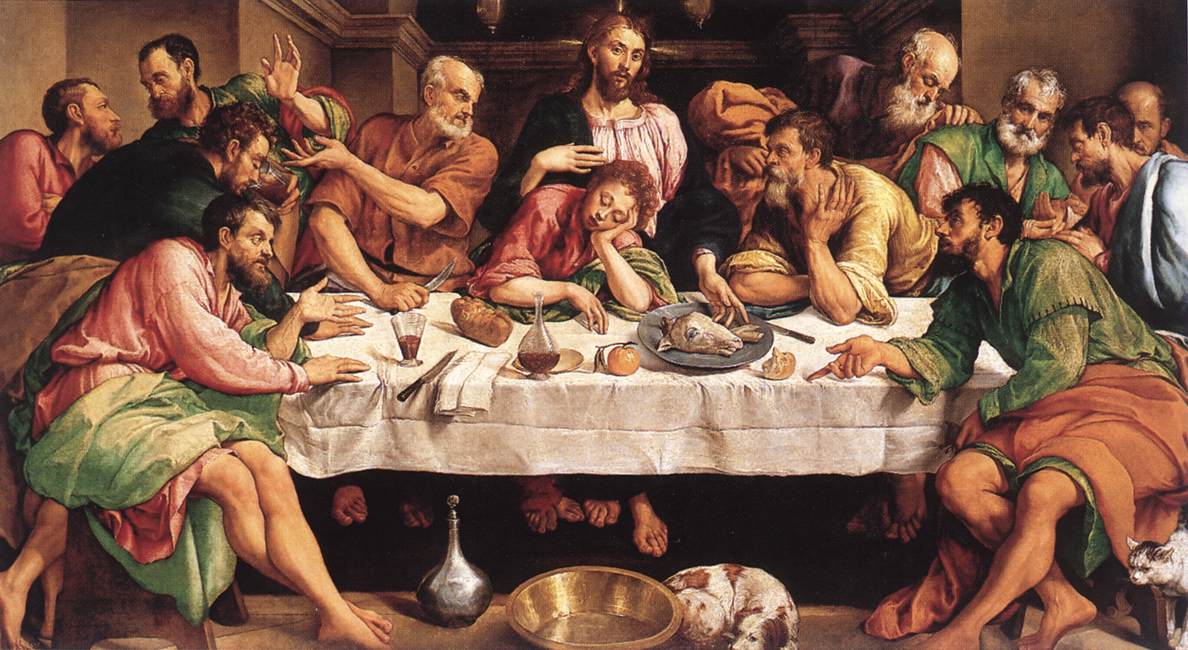
"The Last Supper"
ARCHIVE: Readers may now access
an
Archive of all past newsletters--each annotated--dating back to July,
2003, by simply clicking on www.johnmariani.com/archive
SUBSCRIBE AND
UN-SUBSCRIBE: You may subscribe anyone you wish
to this newsletter--free of charge--by
clicking here.
In
This Issue
Up
the Left Coast of Mexico by
John Mariani
NOTES FROM THE WINE CELLAR: Like Father, Like Daughter, Gaia Gaja Wants Wines with Personality
by John Mariani
QUICK BYTES
~~~~~~~~~~~~~
Up
the Left Coast of Mexico
by John Mariani
Photos by Galina Stepanoff-Dargery
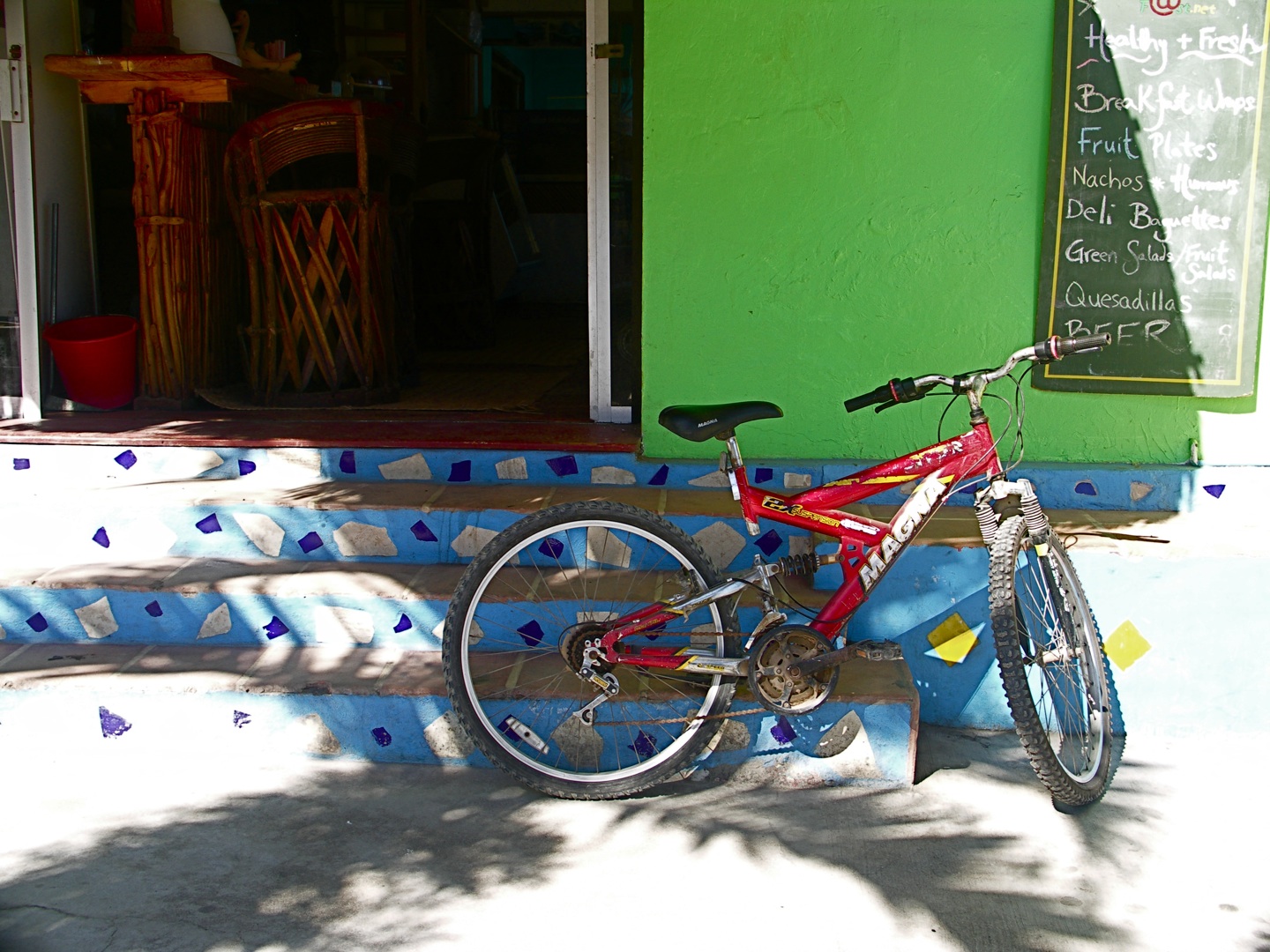
As my wife and I drove up the
coast of Mexico out of Puerto Vallarta,
she surveyed the towns and dusty landscapes and said, "Everything in
Mexico looks half built."
I think she's probably right about that, for
two reasons: First, there is a helluva lot of construction going on in
Mexico's resort areas, and second, Mexicans apparently build things in
pieces, when they have the money or when a son, daughter, or relative
moves in. Now, with the economic downturn, I'm not sure if
everything now under construction or in the planning stages will all
be finished, but the coastal region called Nyarit was bustling
with condos and resorts when I visited several months ago. I was told
that in the next thre years 30 hotels are planed, and a few golf
courses too.
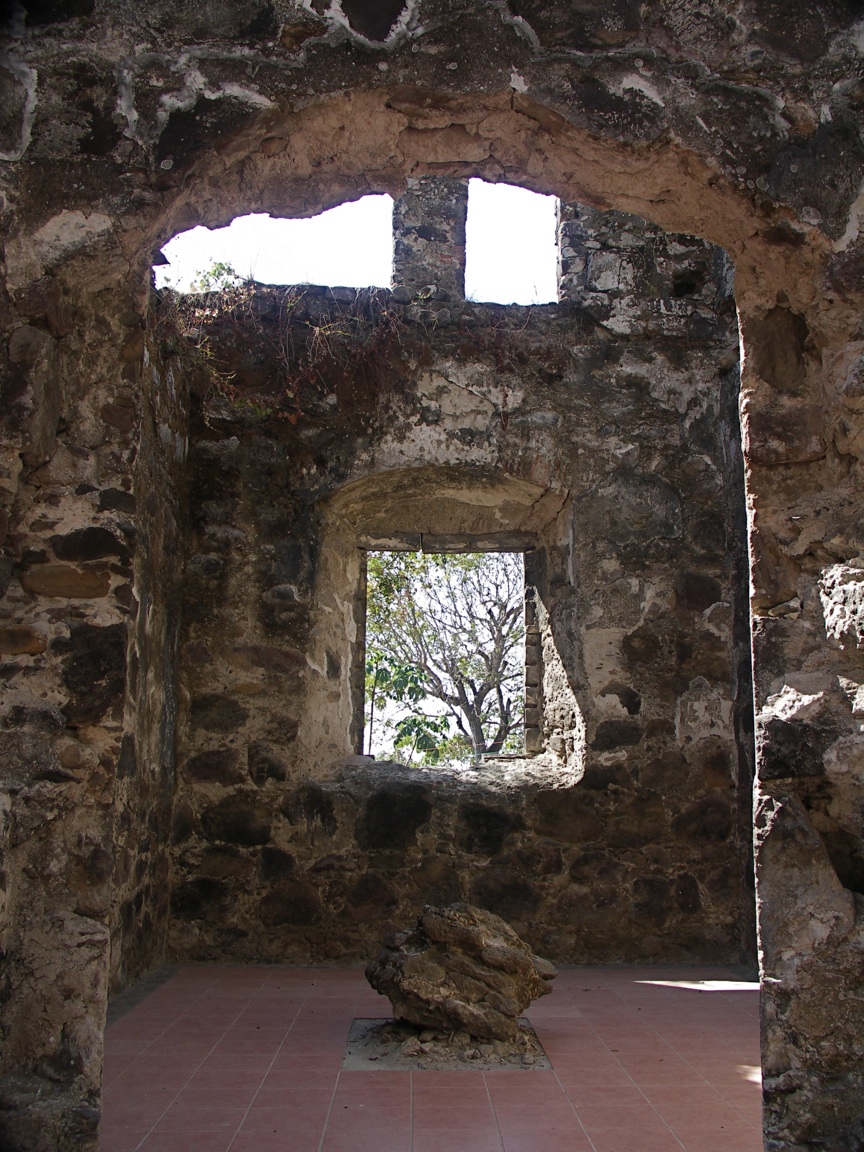 Puerto
Vallarta has long been the tourist
center in the area, but Nyarit extends through the fast-developing
Punta Mita region, where the Four Seasons Hotel spurred interest in
what was until recently a very out-of-the-way trip of territorty along
the Pacific. Things are moving fast: The La Tovara National Park, which
is near the very popular and colorful area of San Blas, has
a fine, unspoiled bird sanctuary set within a mangrove forest through
which you may glide on lagoons in a quiet motorboat. Nearby is an
alligator farm, where these huge reptiles lie in the sun and regard
passersby with a low-lidded grin that put me in mind of the song from
"Peter Pan" that warns you should "Never smile at a crocodile, no, you
can't get friendly with a crocodile./ Don't be taken in by his welcome
grin/ He's imagining how well you'd fit within his skin."
Puerto
Vallarta has long been the tourist
center in the area, but Nyarit extends through the fast-developing
Punta Mita region, where the Four Seasons Hotel spurred interest in
what was until recently a very out-of-the-way trip of territorty along
the Pacific. Things are moving fast: The La Tovara National Park, which
is near the very popular and colorful area of San Blas, has
a fine, unspoiled bird sanctuary set within a mangrove forest through
which you may glide on lagoons in a quiet motorboat. Nearby is an
alligator farm, where these huge reptiles lie in the sun and regard
passersby with a low-lidded grin that put me in mind of the song from
"Peter Pan" that warns you should "Never smile at a crocodile, no, you
can't get friendly with a crocodile./ Don't be taken in by his welcome
grin/ He's imagining how well you'd fit within his skin."
San Blas itself is a very historic area,
a 17th century port city with a colonial Basilio fort (left) and church
of La Marinera, a stopping point for Spanish missionaries on their way
to California as well as for tens of thousands of migrating birds
attracted by the lush tropical vegetation here. It is still a quiet
town with stretches of largely unoccipied beaches, with a few hotels
and small restaurants.
The best signature hotel here is the
lovely Hotel
Garza Canela (below)
in 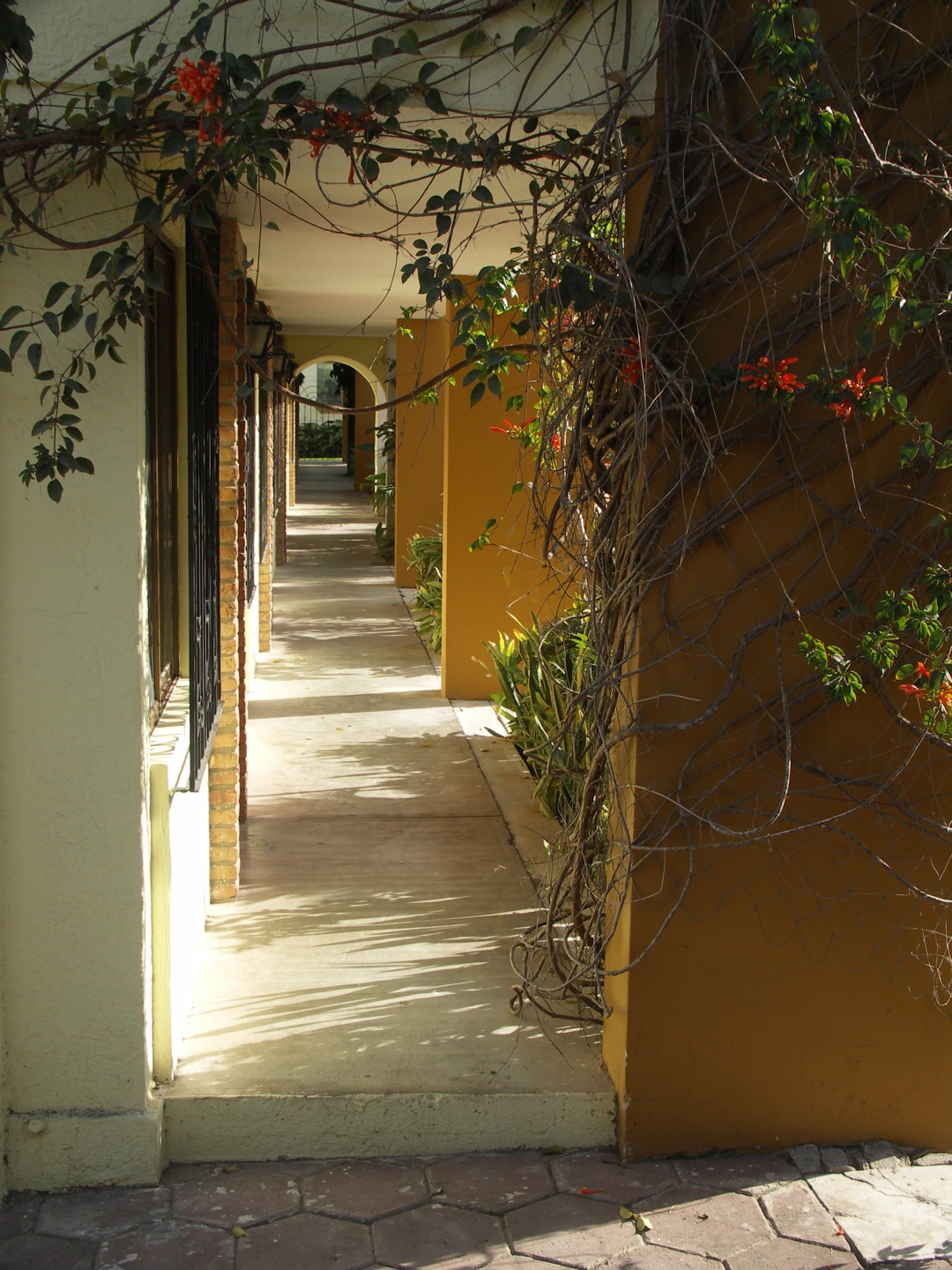 San
Blas, owned by four sisters and their
brother, making this is a very highly personalized place with familial
character throughout décor and service. It also has one of the
best restaurantes in the
area, El Delfin, where
chef Betty Vazquez,
who
studied with Spain’s renowned José-Mari Arzak of San
Sebastián, served me a delightful sopa de mariscos—seafood soup
with two chilies, coconut, and parsley, and then juicy chicken breast
stuffed with dates and prunes drizzled with and orange-and-ancho chile
sauce. I finished the evening with a traditional flan custard that she
had couched in sautéed apples and five Mexican spices, and
finally a chile-spiked chocolate cake. Ms Vazquez is an unassuming,
charming woman,
obviously intent on her guests' happiness, and the hotel itself is well
set to allow you to use it as a base of operations in the region.
San
Blas, owned by four sisters and their
brother, making this is a very highly personalized place with familial
character throughout décor and service. It also has one of the
best restaurantes in the
area, El Delfin, where
chef Betty Vazquez,
who
studied with Spain’s renowned José-Mari Arzak of San
Sebastián, served me a delightful sopa de mariscos—seafood soup
with two chilies, coconut, and parsley, and then juicy chicken breast
stuffed with dates and prunes drizzled with and orange-and-ancho chile
sauce. I finished the evening with a traditional flan custard that she
had couched in sautéed apples and five Mexican spices, and
finally a chile-spiked chocolate cake. Ms Vazquez is an unassuming,
charming woman,
obviously intent on her guests' happiness, and the hotel itself is well
set to allow you to use it as a base of operations in the region.
Also good, especially for sipping margaritas
on the deck at sunset, is Casa Mañanas,
itself a small resort hotel on the beach. If you're starving,
try McDonald Mike's Place
(which has nothing to do with the global
hamburger chain), opened in 1952 by an American at a time when San Blas
was even sleepier than it is now. The food is basic Mexican fare,
nothing
more or less, the place itself barebones.
In the reclusive (at least off season)
town of Rincon de Guayabitos,
in the area of Jaltemba Bay, there is little to do except to do nothing
at
all, which is why people come here to take it easy, lie on the beach,
and stroll among the boutiques selling clothes, artwork, and artifacts.
In season it gets a fairly tony
crowd, and one of its claim to pop fame is that they once shot a Dallas
Cowboys Cheerleaders calendar here. The five-year old Vista
Guayabitos is the best restaurant in town with a menu equally split
between simple seafood, laced with garlic and hot sauce, and various
beef dishes (whose beef, as in most everywhere in Mexico, is imported
from the U.S.).
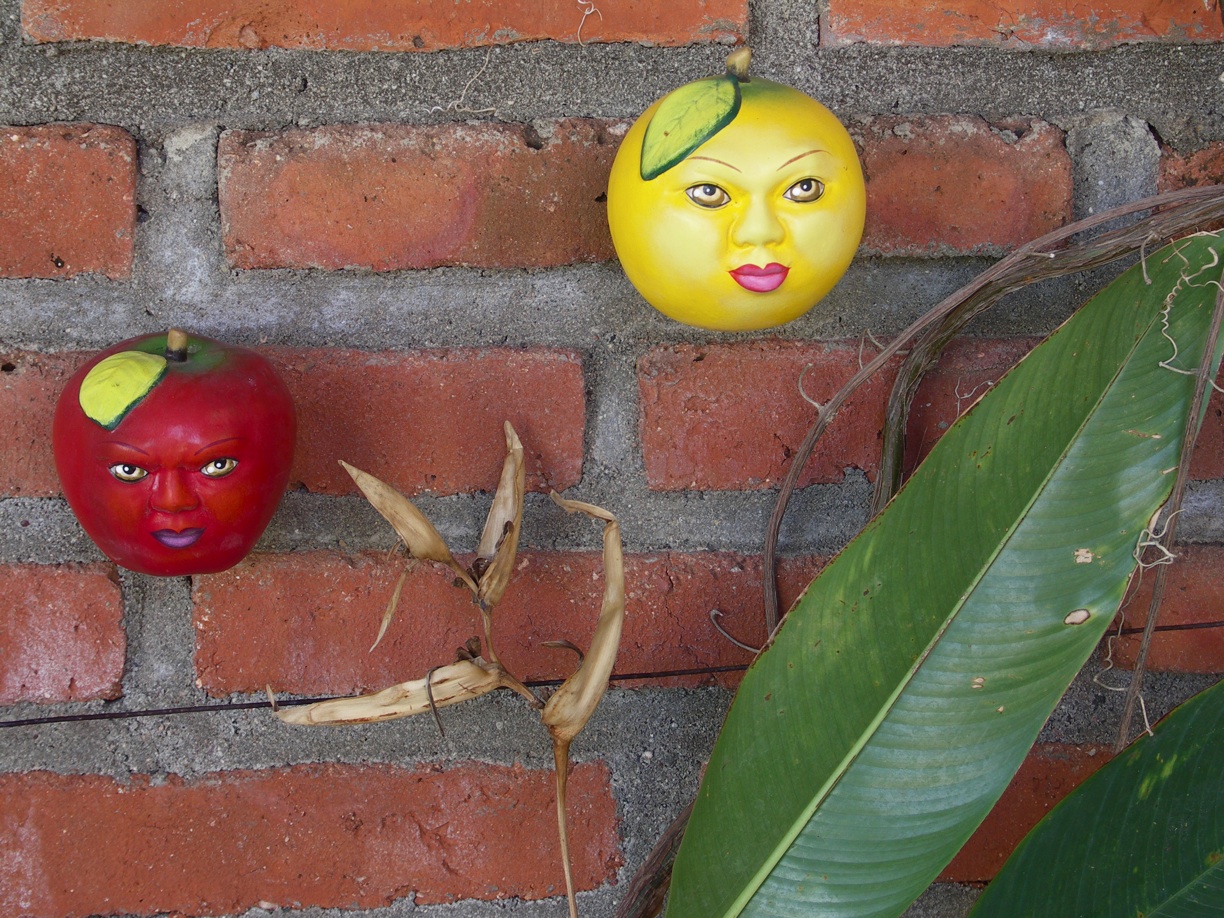 San
Francisco (a.k.a San Pancho) is a town known principally for its
Polo Club and for its gravitational pull on artists who come here to
get away from the civilized world in order to paint the vistas.
It is very quiet for that reason, and if that is your persuasion, book
a
room in the darling little boutique hotel Cielo Rojo, with just four
rooms, lovingly decorated with folk art. It is a simple place and
centrally located so that you go out the door, turn right or left, and
you can circle the village in minutes, go to the beach, do some
shopping, have lunch at Café
del Mar,
then back to Cielo Rojo for a siesta.
San
Francisco (a.k.a San Pancho) is a town known principally for its
Polo Club and for its gravitational pull on artists who come here to
get away from the civilized world in order to paint the vistas.
It is very quiet for that reason, and if that is your persuasion, book
a
room in the darling little boutique hotel Cielo Rojo, with just four
rooms, lovingly decorated with folk art. It is a simple place and
centrally located so that you go out the door, turn right or left, and
you can circle the village in minutes, go to the beach, do some
shopping, have lunch at Café
del Mar,
then back to Cielo Rojo for a siesta.
One
of the most modern places to stay in
Nyarit is the Hôtel
des Artistes in Punta de
Mita overlooking Banderas Bay. Spacious rooms, a spectacular view, and
a first-rate restaurant ranking with the best in Mexico make this among
the prime choices for staying put and visiting the area. Sitting
on the breezy, wood-planked, gauze-draped patio of the
restaurant, we enjoyed first-rate margaritas, made with an
añejo tequila and freshly squeezed lime. On opening the menu,
instead
of ordering those old-fashioned Mexican favorites, I just put myself in
the creative hands of Chef Gerardo Sandoval, who, though thoroughly
stepped in the classic cooking of Mexico, has distinguished himself by
translating it with his own style and flourishes in dishes that diverge
from the clichés of Mexican resort cooking.
He brought a “gazpacho
moderno,” a sunny, rose-colored cold soup of tomatoes and
pimientos with a 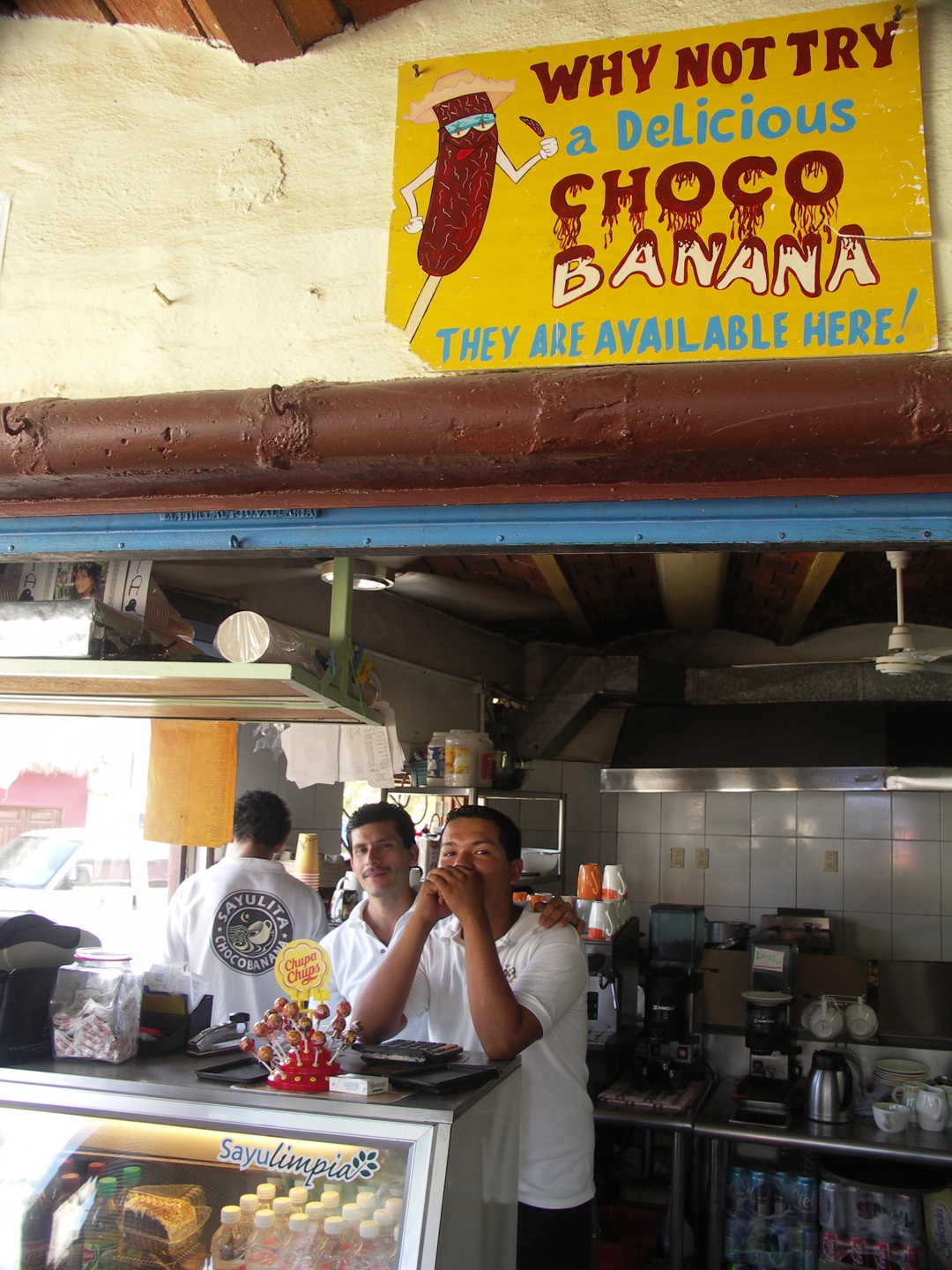 spoonful
of cucumber gelée, a dice of
alligator pear, and a lacing of aged vinegar. True to tradition
on the one hand, it was also an indication of how Mexican chefs are
refining their cuisine with 21st century ideas. The old favorite
Mexican dishes are still to be found everywhere, but I find this Nuevo
Mexicano as exciting as any in the Americas.
spoonful
of cucumber gelée, a dice of
alligator pear, and a lacing of aged vinegar. True to tradition
on the one hand, it was also an indication of how Mexican chefs are
refining their cuisine with 21st century ideas. The old favorite
Mexican dishes are still to be found everywhere, but I find this Nuevo
Mexicano as exciting as any in the Americas.
Other dishes in Mr. Sandoval’s
repertoire that day included tiritas de pescado—a ceviche of
translucent fish marinated in lime juice, coconut milk, chilies and
cilantro with sweet plantain chips; there was sandwich of meaty,
rose-red tuna with warm, freshly baked bread, tomato, and new potatoes;
on the side, a shooter of gazpacho.
Sayulita is just about everybody's favorite
town in thr Nyarit region, even though it's now pretty much overrun by
tourists, including a surfer crowd at the beach thast began coming here
in the 1960s. The central plaza of the town is jammed with vendors
selling beautiful fabrics, artwork, colordul plastic grocery bags, and
just about anything else you might need or be taken with. One of the
places always packed with tourists is Don
Pedro, set beneath a palapa overlooking the surf beach; here
Chef Nicholas Parrillo serves as many Mediterranean dishes as Mexican. Choco Banana is both the name of a
must-drop-in eatery in town and of
its signature item, a chocolate covered frozen banana that may not be
among the heights of Mexican cuisine 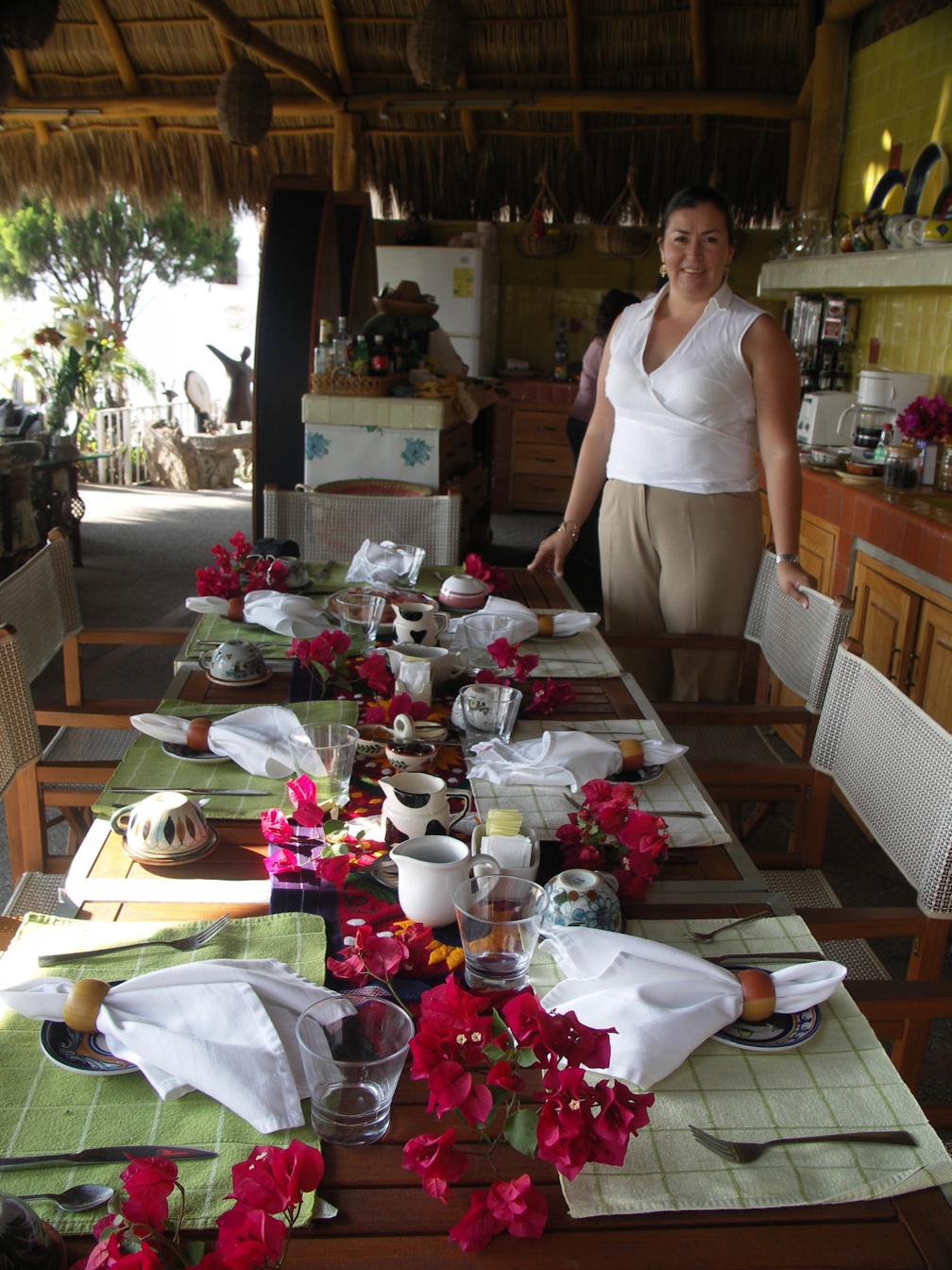 but
is good, cooling fun in the
afternoon after a swim in the Pacific. Incidentally, a very good book
written about buying land and building a house as a second home in the
area is Barry Golson's Gringo in Paradise.
but
is good, cooling fun in the
afternoon after a swim in the Pacific. Incidentally, a very good book
written about buying land and building a house as a second home in the
area is Barry Golson's Gringo in Paradise.
Another of the more picturesque towns
along Nyarit--and there are plenty that are not--is La Cruz de
Huanacaxtle, only about 20 minutes north of Puerta Vallarta and 15 from
Punta Mita. Here, set on a hilltop overlooking Banderas Bay, is an
enchanting little bed-and-breakfast named Villa Bella (left), with large, very
comfortable. well decorated rooms, and owners who bend over backwards
to make you happy, which includes setting a splendid breakfast at which
you will meet your fellow travelers over good coffee, tropical fruits,
eggs, and terrific pancakes. There are rooms with Jacuzzis, King Size
beds, kithcenette, and other amenities, and the pool and terraces have
a grand view of the water and sky.
For
the grandest of luxe experiences,
however, nothing comes quite close, as yet, to The Four
Seasons at Punta Mita, with
its spectacular golf course (with
an optional third hole located on an islet across the water from the
tee on the mainland), spacious rooms and public areas,
and excellent restaurants for every taste, including the large
numbers of families who come here. When I first visited upon its
opening in 1999, the property was up an unfinished, very bumpy road and
the resort was intended as much for rich Mexicans and South Americans
as for the U.S. clientele, but it has been enormously successful and
every bit the catalyst for much of what is now being built in the area.
The casitas and suites are done in Mexican-style tiled rooves, with
marble floors and balconies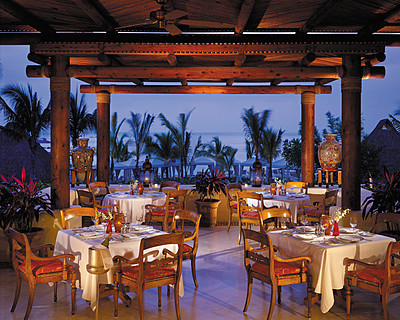 overlook the beach at Banderas Bay.
overlook the beach at Banderas Bay.
The most formal restaurant here--which
doesn't mean dressy or pretentious--is Aramara
(right), which offers a 5- and
6-course dinner of modern Mexican cuisine and plenty of fine Mexican
wines too. Ketsi is a more
casual spot for casual food, but the newest
restaurant here, and very beautiful it is, is Bahia, an alfresco dining
area that specializes in a wide array of grilled seafood and meats
cooked on the mesquite grill; it also offers a "catch of the day"
programme, where guests can work with the chef to choose from a variety
of fresh seafood right off a local fishing boat, with the chef cooking
those selections at both lunch and dinner. Every Saturday Bahía
hosts cooking classes with Chef Juan
Gaffuri.
photo:
Four Seasons
If you want to see just
how rampant construction is in Nyarit, take a drive to Nuevo Vallarta and see the condos
rising, which gives the region more of a cast of Miami Beach than
Mexico. While there, just outside the gates, is a very good, simple
seafood restaurant named La 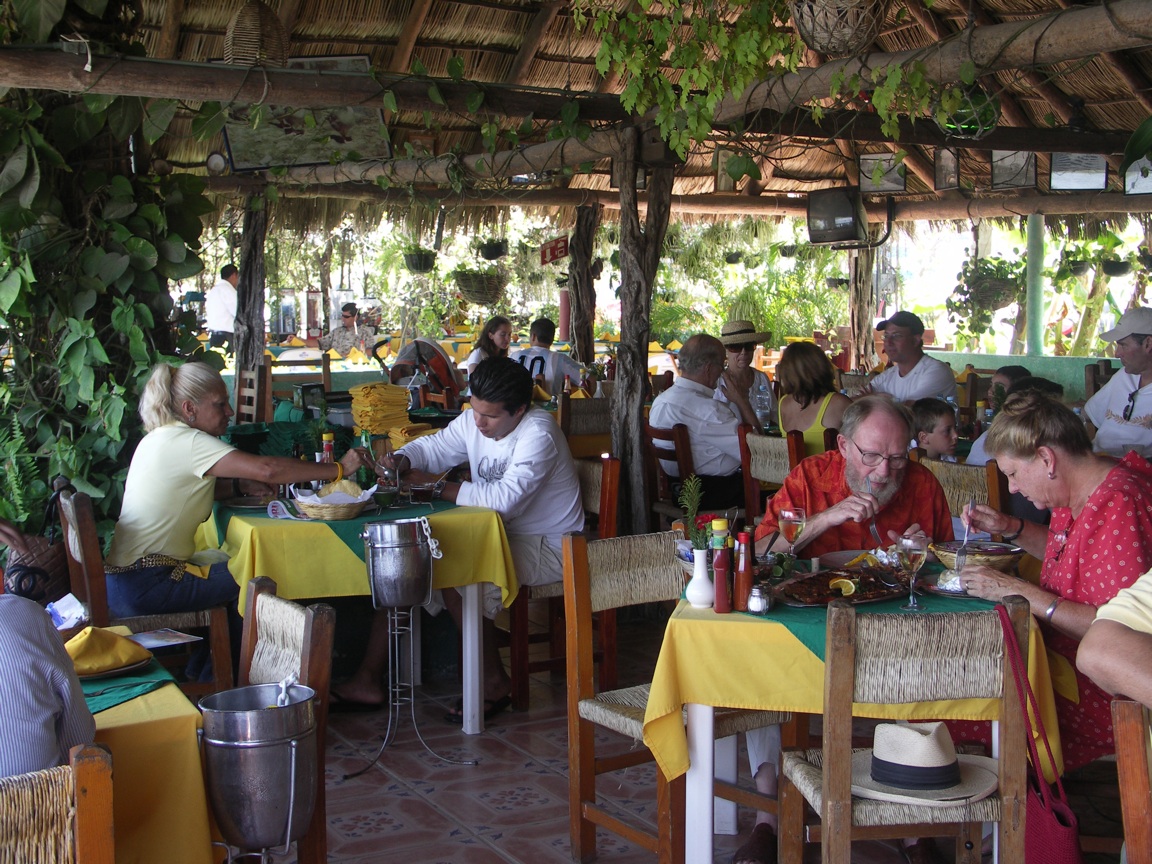 Laguna Tina's (left), where beneath a thatched
roof you sit at colorful tables and order freshly made ceviches, beautifully grilled whole
fish, shrimp in a béchmel sauce, and conch au gratin. Al fresco, even when the
weather gets warm, there is always a breeze and plenty of cold Mexican
beer.
Laguna Tina's (left), where beneath a thatched
roof you sit at colorful tables and order freshly made ceviches, beautifully grilled whole
fish, shrimp in a béchmel sauce, and conch au gratin. Al fresco, even when the
weather gets warm, there is always a breeze and plenty of cold Mexican
beer.
And if, after a few days in Nyarit, you choose to
enter into the whirl of Puerta Vallarta (if you wish to read more about
P.V. click
here), with its hawkers outside restaurants offering dollar
margaritas and chain eateries shipped in from the States, there is one
restaurant I was very fond of, just off the beaten track of the main
drag. It's called Los Xtomates,
a fine-looking, two-storied place with rough stone walls, bright
tablecloths, a very good stash of wines, and a superb chef in Javier
Fernandez Somellera Ochoa, whose own training in London and the States
has given him the finesse so often missing in the cooking of the
tourist areas. The food is outstanding, with an emphasis on the
namesake tomato, wild mushrooms, and savory coconut shrimp. If I
had one chance to dine--not nosh--in P.V., it would be here.
NEW YORK CORNER
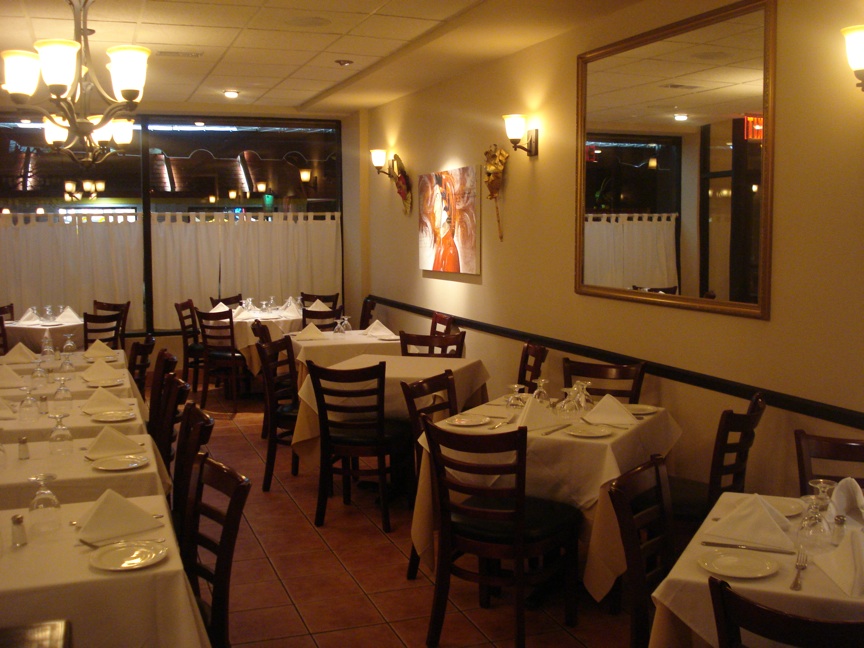 Il
Poeta
Il
Poeta
9804 Metropolitan Avenue
Forest Hills, NY
718-544-4223
www.ilpoetarestaurant.com
Just
about every inch of Queens is lined with ethnic storefront
restaurants--right next to one another will be an Italian trattoria,
Indian curry house,
Chinese dim sum parlor, Cuban café, Jamaican barbecue, Japanese
sushi bar, Afghani kebab shop, or Greek taverna, and
within certain neighborhoods, you will find pockets of Indians or
Russians of Greeks or Jews or Central Americans who have re-created
their own little food cultures. And they cater largely to their own
neighbors. Il Poeta, in Forest Hills, aims for a larger draw of
discerning clientele and does so on the basis of its refined Italian
cuisine,
which is more difficult than you might think in a borough as large as
Queens.
Chef owner Luca Puracchio, born in the seaside
town of Pescara in the region of Abruzzo, has opened Il Poeta with his
partner-chef Mario Di Chiara, formerly chef at Harry Cipriani in
Manhattan. Il Poeta is their little dream, a cozy place
decorated simply, with reproductions of Renaissance masters on the
walls, tile floors, crisp linens on the tables, and a little bar to the
rear with a wall of wines.
That's about it, plus the amiability of the owners and their
staff. The food is the reason to head out to this neck of the
woods.
Do not skip over the antipasti, which
includes grilled vegetables with melting goat's cheese and a touch of
truffle oil. Baked artichokes are served with shrimps and lightly
smoked scamorza cheese. Fried calamari come golden crisp with fresh,
bright light marinara and tartar sauces for dipping. The buffalo
mozzarekla here is wonderfully creamy, and the asparagus gratin a
lovely idea you don't see often enough in New York. Neither can you
find polenta with taleggio cheesed and Speck, the smoked northern
Italian bacon.
Among the pastas, too, there are unusual
renderings, along with hearty and delicious tagliatelle alla bolognese
with as many vegetables as meat shreds, to give the sauce body and
flavor.
Hand-rolled ridged garganelli come
with sausage, radicchio and a spicy
tomato sauce. Impeccably al dente,
perfectly sized gnocchi di patate
come
with aTrentino-imspired sauce of chopped walnuts, baby arugula, and a
rich taleggio sauce. There is also something here you used to see in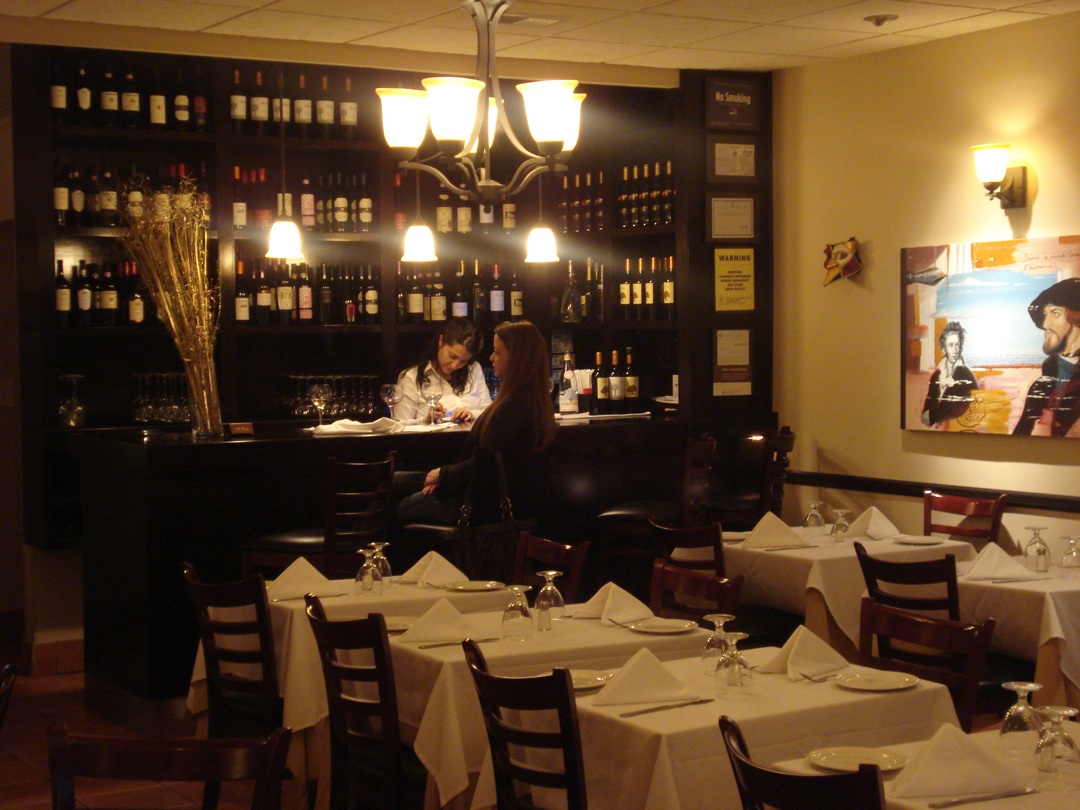 Italian
restaurants a lot--old-fashioned cannelloni of veal, lighter than
usual,
baked with béchamel sauce and truffled cheese.
Italian
restaurants a lot--old-fashioned cannelloni of veal, lighter than
usual,
baked with béchamel sauce and truffled cheese.
Stay
true to Italian form and order a simply roasted orata, or let Chef Di
Chiara show his talent for seafood with a Mediterranean stew teeming
with fish and shellfish in a light tomato and
garlic broth served with crostini
useful in mopping up the aromatic broth. If you'd prefer meat,
there is a
well-prepared, tender and buttery vitello
alla Milanese with arugula,
tomatoes and onion salad; a thick, grilled and sliced sirloin
steak, big
enough for two, served with mixed mushrooms and parmesan cheese; and
chicken breast crusted in parmesan cheese and cooked carefully in a
lemon and
white wine sauce.
The desserts are not out of the ordinary and strike no
new ground in Italian restaurants, but they are fresh and wellmade, as
is the espresso if you ask for it to be ristretto.
Il Poeta wants you to drink wine, not trophies, so
the owners have wisely stocked a list for our times--many, many, many
good bottles under $50, and they are chosen to go well with the food
here.
If you need an excuse to go to Queens, Il
Poeta fits the bill (which will not be very high anyway). If
you're going to a Mets game, on the way to the airport or the U.S.
Open, you;'ve got plenty of excuses to dine here. And if you
live within the borough, you might make this your favorite Italian
restaurant and something to brag about.
Il Poeta is open
Tues.-Sun. Antipasti run $9.50-$12.50, pastas (full portions)
$14.50-$18, and main courses $19.5-$28.50.
NOTES FROM THE WINE CELLAR
Like Father, Like Daughter, Gaia Gaja Wants Wines with
Personality
by John Mariani
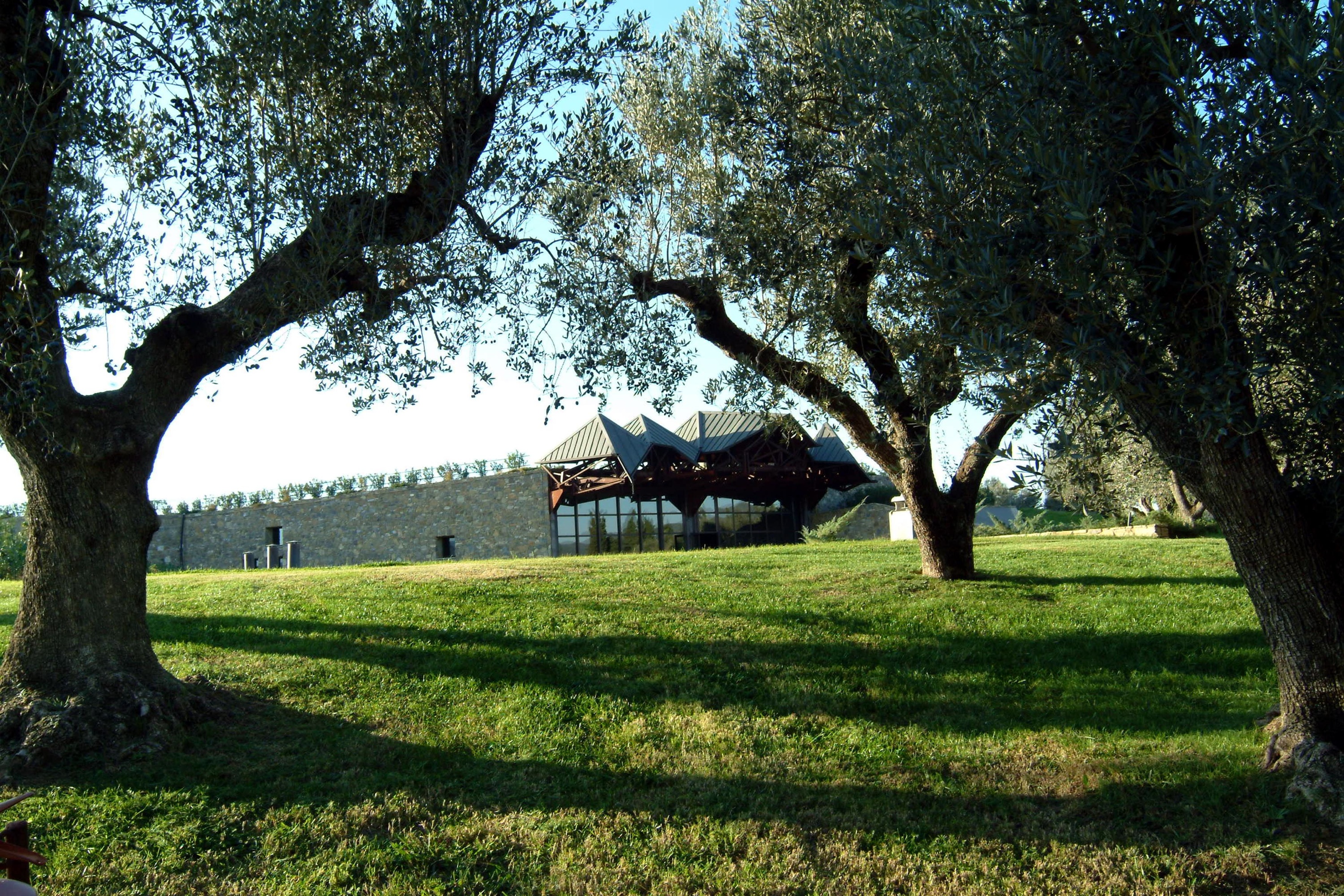 It
is not by following dogged tradition that the wines of Gaja have gained
a reputation as among the very finest—and most expensive--in Italy. By
breaking revered viticultural rules, Angelo Gaja revolutionized
winemaking in the 1970s not just in his native Piedmont but throughout
Italy. With his daughter Gaia, 29, now thoroughly engaged in the family
business, there is every reason to believe the winery, which dates back
to 1859, will continue to do so.
It
is not by following dogged tradition that the wines of Gaja have gained
a reputation as among the very finest—and most expensive--in Italy. By
breaking revered viticultural rules, Angelo Gaja revolutionized
winemaking in the 1970s not just in his native Piedmont but throughout
Italy. With his daughter Gaia, 29, now thoroughly engaged in the family
business, there is every reason to believe the winery, which dates back
to 1859, will continue to do so.
Not least among Gaja’s innovations was
to age both his red and white wines in French oak barrels called
barriques (225-liters),
now common practice in Italy. He also aimed for
lower yields, shorter pruning, and—most shocking in a tradition bound
country like Italy—introduced non-indigenous varieties like cabernet
sauvignon, merlot, and chardonnay to Piedmont, where nebbiolo had for
centuries been the most distinctive grape, used in wines like Barolo
and Barbaresco.
“The Piedmontese are gamblers,” says Gaia Gaja (below), whom I met for a meal
of pappardelle pasta with short ribs ragù and a porterhouse
steak at Parlor Steakhouse in
New York. “My father admired what was
being done at Robert Mondavi in California and how the French use
barriques, and he translated that into our Piedmont vineyards because
he was convinced the traditional nebbiolo wines could be better and
that great cabernet could be produced, too.”
Today, a glance at Gaja’s American
importer’s website, Terlato
Wines International, lists 18
different wines, many with dialect names, like Darmagi, which means
“what a pity!”—his father’s response to his son’s ripping out nebbiolo
to plant cabernet.
Gaia, like her father, travels widely to
spread the Gaja gospel and, she says proudly, “Our wines are up in
sales in every major market in the world.” Twenty percent of production
goes to the U.S., 20 percent stays in Italy, 20 percent to Switzerland,
Germany, and Austria, and the other 40 percent to the rest of the world.
Gaia scoffs at wineries that make wines that
taste “manufactured” to please critics. “I’m not interested in
technically perfect, `well-made’ wine. I want to taste the
personality of the producer.” Which, in the case of Gaia and her
father, would be a wine of enormous refinement, fiery passion, and
enduring pleasure. “In Italy you drink wine as you eat,” she says. “As
I start to cook in the evening I follow the rhythm of the wine and how
it develops. But I do not decant my wines. I taste it after 20 minutes
and I feel obliged to follow its progress. After a day of frantic work,
wine makes you go slow.”
Gaia looks for “emotion” from a wine. “I know
our wines are a luxury product”—many Gaja wines sell for $100-$200—“so
they should be very special and not taste like anyone else’s wines. Our
single vineyard wines should always taste like Gaja but they should
also be different expressions of our work, so we may use different
grape varieties than are traditional. But we are still very proud of
our Barbaresco and Barolo.”
Indeed, Gaja’s Barbaresco and Barolo can
be called “classic” because they manifest the dictionary sense of the
word as a standard of excellence based on refinement.
That day over lunch, however, with
the rich, beefy flavors of the food, we drank wines from Gaja’s Tuscan
ventures. Ca’ Marcanda 2005
($165) from the Bolgheri region, is 50
percent merlot, 40 percent cabernet sauvignon, and 10 percent cabernet
franc. Its dialect name means “house of endless negotiations,” owing to
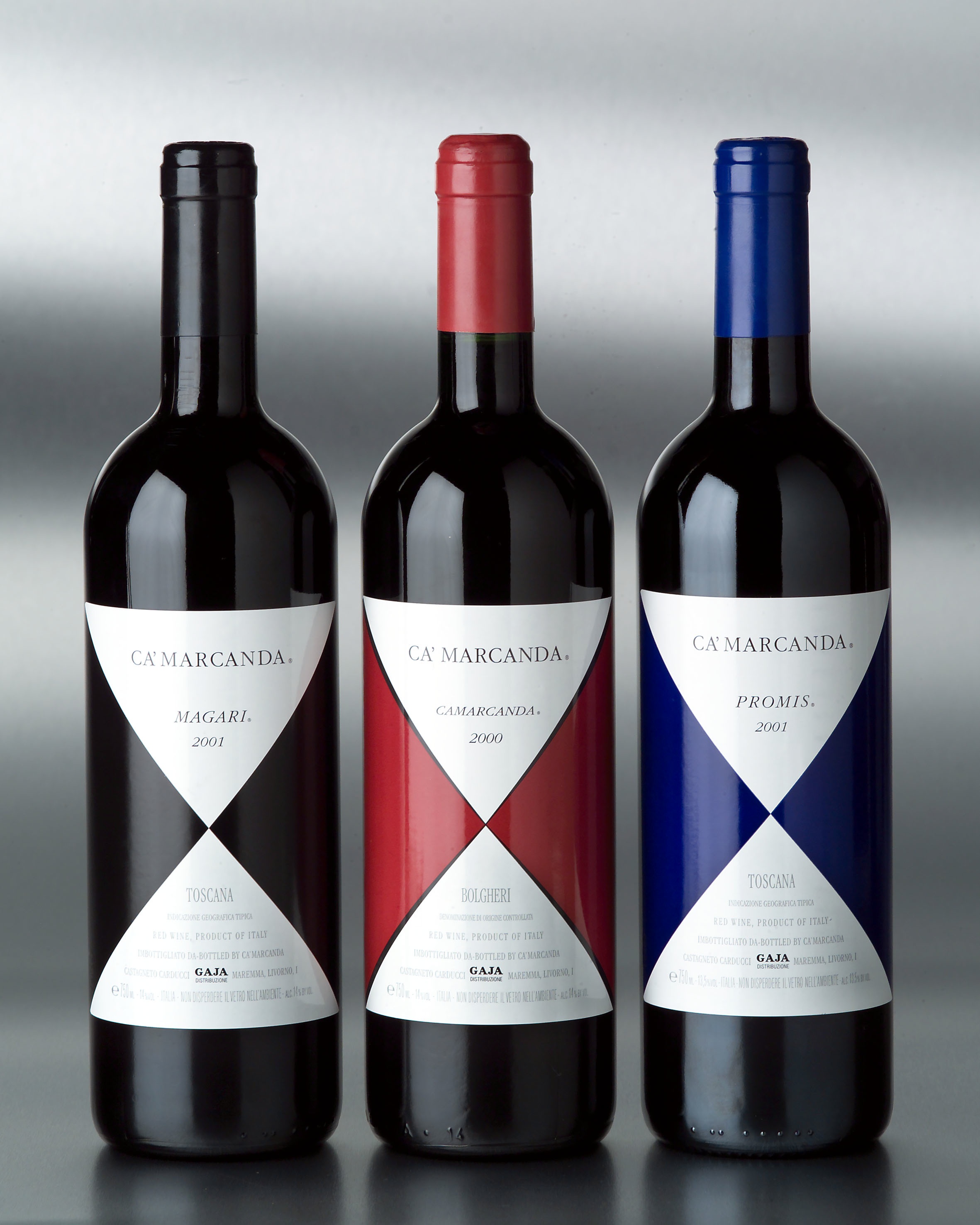 Gaja’s attempts to buy the estate from its
previous owners. Here the
soil is a mix of clay, sand, limestone, and pebbles, and the varieties
are separately vinified, then blended and aged in barriques for 18
months, then for at least a year in bottle.
Gaja’s attempts to buy the estate from its
previous owners. Here the
soil is a mix of clay, sand, limestone, and pebbles, and the varieties
are separately vinified, then blended and aged in barriques for 18
months, then for at least a year in bottle.
The result is a very silky, lush wine
from the high percent of merlot with supple tannins of the cabernet and
14 percent alcohol, giving it body and structure beneath the fine fruit.
Pieve
Santa Restituta is an estate
producing two brunello di Montalcinos—-Rennina and Sugarille. I tasted
the 2004 vintage of both. Rennina ($155) has the big flavor of the
sangiovese grosso grape, quite complex, with a high acidity that gives
freshness to the boldness of the fruit and tannin. The Sugarille ($170)
was tighter, with firmer tannins, showing a clear indication of how
another year or two will bring it all into elegant balance. Both wines
spent a year in barrique and another in large oak casks.
Gaja has never played by the rules and
even changes or eliminates them along the way. But by setting their own
rules they have also set the bar for Italian wine.
John Mariani's weekly wine column appears in Bloomberg Muse News, from which this story was adapted. Bloomberg News covers Culture from art, books, and theater to wine, travel, and food on a daily basis, and some of its articles play on the Saturday Bloomberg Radio and TV.
~~~~~~~~~~~~~~~~~~~~~~~~~~~~~~~~~~~~

WHILE WE TRY
VERY HARD TO ALERT READERS TO EVERY IMPORTANT CULINARY EVENT, WE
APOLOGIZE FOR MISSING THIS ONE LAST MONDAY. STAY TUNED FOR THE
2010 EVENT LISTING!
The
Oakdale Testicle Festival in Oakdale, CA, drew 450 guests who paid $65
last Monday, with proceeds to benefit the Oakdale Cowboy Museum and
Oakdale's Rotary Club. Tickets are $50, or $65 at the door.
The event
used to be called the Calf Fry. Its current slogan is "You'll have a
ball!!!" The official festival icon is shown here.
SO WHO ARE WE TO DISAGREE?

"Sometimes my Mom thinks I'm overly opinionated in the kitchen (i.e., an asshole) and she no doubt has a point."--Michael Ruhlman, Notes from the Food World.
~~~~~~~~~~~~~~~~~~~
QUICK BYTES
* In Washington DC, Taberna del Alabardero marks the restaurant’s 20th anniversary and will kick off a year-long celebration with an array of unique offers and events beginning in April, offering more than 100 wines at retail cost, regularly priced at $55 or above, from their award-winning wine list. Visit www.alabardero.com; call 202-429-2200.
* In NYC, The Modern welcomes Spring with a
lineup of new menus and events, incl.: Spring Awakening Menu, 4-course
menu available in the early evening in the dining room for $65. . . .
For guests seated at The Modern’s bar, Chef Kreuther’s new offerings
present his bar snack classics, starting at $2.50. . . . Modern
Classics – a 5-course dinner tasting menu in the Bar Room at $58,
featuring a selection of Chef Kreuther’s signature Alsatian dishes (and
a trio of his favorite Alsatian wines for just $28). . . .
Sommelier Free Sundays: The Modern will waive corkage fees and provide
guests with a wine key so they can pour their own wines at the table. .
. . Weekend Lunch on the Garden –now open for Sat. &
Sun. lunch in the dining room as of April 11. Visit
www.themodernnyc.com.
* Beginning April 13, Mediterra Restaurant in Princeton, NJ, will feature the cuisine and wines of Israel in a weeklong festival, ending with a Grand Dinner created by Michael Solomonov, chef at Philadelphia’s Zahav, who will partner with Mediterra’s chef Luis Bollo. $95 pp. visit www.terramomo.com.
* On April 14, NYC’s Center Cut is presenting a 4-course Robert Sinskey wine dinner, limited to 20 people, at $95 pp. Wine expert Ryan Looper, representing Robert Sinskey, will discuss each pairing. Call 212-956-1288.
* On April
15 in Portland, OR, Castagna Restaurant will look back
at the past decade with a family-style dinner at $55 pp. Call
503-231-7373.
* On April 15, Chicago’s Old Town Brasserie owner Bob Djahanguiri would like to do his part to help stimulate the economy by giving all dining customers a gift of $10.40, which must be used by June 1, 2009 Call 312-943-3000. Visit www.oldtownbrasserie.com.
* The week
of April 20th in Boston,
the Brewers Associationwill hold their
annual conference and trade show, incl. Craft Beer + Cheese from 3
Coasts, and book signing with Lucy Saunders; If Craft Beer Could Talk!
Seasonal and Limited Release Tasting;Dogfish Head Craft Brewed Ales
Beer Dinner! Shorts Brewing Craft Brewers Conference After Party hosted
by
BeerAdvocate.com; West Coast Dedicated Craft Beer Evening; Spring
Release Dinner: An Evening with Nolan Ryan Beef.
* On April
20 in Miami Beach, Blue Door at Delano is presenting a
5-course wine dinner featuring Joseph Phelps winery, consulting chef
Claude Troisgros, and executive chef Maria Manso, $150 pp.
Call 305-674-6400.
* On April 24 Messina Hof Winery and Resort will celebrate the release of their new vintages at their 2009 Spring Release Dinner at The Vintage House Messina Hof Winery and Resort, Bryan, TX; $59.95 pp.Call 800-736-9463.
* On April 24-26 St. Michaels Food & Wine Festival features 150 distinctive wines and unique food demos by chefs both from the Mid-Atlantic Region and beyond, with food and wine dinners on Fri. & Sat. evenings; festival seminars, tastings, and entertainment will be held at the Chesapeake Bay Maritime Museum at Navy Point in St. Michaels, MD. Visit www.StMichaelsFoodandWineFestival.com or call 443-205-2185.
Everett Potter's Travel Report:

~~~~~~~~~~~~~~~~~~~~~~~~~~~~~~~~~~~~~~~~~~~~~~~~~~~~~~~~~~~~~~~~~~~~~~~~~~
Eating Las Vegas is the new on-line site for Virtual Gourmet contributor John A. Curtas., who since 1995 has been commenting on the Las Vegas food scene and reviewing restaurants for Nevada Public Radio. He is also the restaurant critic for KLAS TV, Channel 8 in Las Vegas, and his past reviews can be accessed at KNPR.org. Click on the logo below to go directly to his site.
~~~~~~~~~~~~~~~~~~~~~~~~~~~~~~~~~~~~~~~~~~~~~~~~~~~~~~~~~~~~~~~~~~~~~~~~~~~
Tennis Resorts Online: A Critical Guide to the World's Best Tennis Resorts and Tennis Camps, published by ROGER COX, who has spent more than two decades writing about tennis travel, including a 17-year stretch for Tennis magazine. He has also written for Arthur Frommer's Budget Travel, New York Magazine, Travel & Leisure, Esquire, Money, USTA Magazine, Men's Journal, and The Robb Report. He has authored two books-The World's Best Tennis Vacations (Stephen Greene Press/Viking Penguin, 1990) and The Best Places to Stay in the Rockies (Houghton Mifflin, 1992 & 1994), and the Melbourne (Australia) chapter to the Wall Street Journal Business Guide to Cities of the Pacific Rim (Fodor's Travel Guides, 1991). THIS WEEK:

Family Travel
Forum: The
Family Travel Forum (FTF), whose motto is "Have Kids, Still Travel!",
is dedicated to the ideals, promotion and support of travel with
children. Founded by business professionals John Manton and Kyle
McCarthy with first class travel industry credentials and global family
travel experience, the independent, family-supported FTF will provide
its members with honest, unbiased information, informed advice and
practical tips; all designed to make traveling a rewarding, healthy,
safe, better value and hassle-free experience for adults and children
who journey together. Membership in FTF will lead you to new worlds of
adventure, fun and learning. Join the movement.
All You Need to Know Before You Go
~~~~~~~~~~~~~~~~~~~~~~~~~~~~~~~~~~~~~~~~~~~~~~~~~~~~~~~~~~~~~~~~~~~~~~~~~
MARIANI'S VIRTUAL GOURMET NEWSLETTER is published weekly. Editor/Publisher: John Mariani.
Contributing Writers: Robert Mariani,
John A. Curtas, Edward Brivio, Mort
Hochstein, Suzanne Wright, and Brian Freedman. Contributing
Photographers: Galina Stepanoff-Dargery, Bobby Pirillo. Technical
Advisor: Gerry McLoughlin.
Any of John Mariani's books below
may be ordered from amazon.com by clicking on the cover image.
 My
newest book, written with my brother Robert Mariani, is a memoir of our
years growing up in the My
newest book, written with my brother Robert Mariani, is a memoir of our
years growing up in the For those of you who don't think of the Robert and I think you'll enjoy this very personal look at our --John Mariani |
 |
 |
 |
 |
 |
 |
© copyright John Mariani 2009
